Diamond Cut Clarity Color and Carat
See AGS and GIA Grade Charts and
Info About the 4Cs

Diamond cut clarity color and carat are the 4 C's which affect the quality of a diamond, the level of fire and brilliance a diamond displays plus a diamond's durability and value.
If you are looking for a premium diamond ring, or you need to find out more about these characteristics to find a first rate diamond for the right price, use the helpful info below.
And if you have any questions about diamond 4'Cs which are not answered here, just use the handy comment box at the end of the page to send in your questions!
Fun Fast Facts About Diamond Cut, Clarity, Color and Carat!
Diamond cut is one of the most important Cs of a diamond followed by clarity.
Inner inclusions and outer blemishes present on a diamond both affect the clarity grade.
One of the largest gem quality diamonds ever found was the Cullinan diamond at over 3,000 carats.
Diamonds rated beyond J on the GIA color scale have noticeable tints of color - even to the untrained eye.
Diamond Cut is more important than diamond color and clarity - it is one of the defining characteristics of a diamond that separates a good diamond from a great diamond.
The cut of a diamond is also what gives a diamond its brilliance, fire and flash. Diamonds which are cut to high standards will have the maximum amount of sparkle - while those which have a poor cut can have their potential beauty dimmed and diminished.
Unfortunately out of diamond cut, clarity, color and carat - cut is one of the most difficult characteristics of a diamond for shoppers to evaluate on their own. This is why it is so important to stick with diamonds which have a cut grade that has been determined by an experienced and reputable jeweler and/or gemological laboratory.
So what are the characteristics of a good cut? A diamond which has an excellent cut displays the highest level of symmetry, proportion and balance. The girdle of the diamond should be thin to slightly thick while the culet should be small to nonexistent. The finish too on the diamond - including the polish - needs to be very good to excellent.
Here is a diamond cut chart for GIA and AGS round brilliant diamond grades.

For a superior diamond that has plenty of flash, it is best to stick with diamonds that are rated Excellent to Good on the GIA scale and Ideal - 4 on the AGS scale.
To find out more about these diamond cut clarity color charts check out the Diamond Clarity Chart and Diamond Grades page. And if you would like to find out more about the many different types of diamond cuts - and the shapes they create - visit Types of Diamond Cuts.
Diamond Clarity is the second most important of the diamond 4 Cs which can impact the visual quality of a diamond plus its durability. Diamonds with low clarity grades - which have severe fissures or cracks - are at increased risks for cracking and chipping.
Diamond clarity too can be difficult for shoppers to judge just by looking at a diamond.
A diamond's clarity is evaluated by professional gemologists with 10x magnification and examines blemishes and inclusions present on a diamond.
Inclusions - also known as internal characteristics - are flaws which affect the clarity of the inside of the diamond, and blemishes are flaws which affect the outside clarity of the diamond.
The most common types of inclusions are caused by pressure cracks, bubbles, and small mineral deposits that occur when a diamond is formed in nature. Blemishes are most often caused by chips, scratches, and pits that develop while a diamond is cut or polished.
Here is a diamond clarity chart for GIA and AGS grade reports

To find a first-class diamond ring, stick with rings which hold diamonds that are graded between Flawless-SI2 on the GIA scale and between 0-5 on the AGS scale. (Flawless diamonds are quite rare though, and only about 5% of all gem quality diamonds are above the VS1 range).
And keep in mind that not all inclusions are bad. While severe diamond inclusions can harm the beauty and strength of
a diamond, smaller inclusions that are not visible to the
naked eye can serve as unique fingerprints which are used to map and identify a diamond. They also prove that a diamond is natural and
not man made.
Diamond Color also
has a big impact on a diamond's look and value. But out of diamond cut, clarity, color and carat - color is the easiest of the diamond 4 Cs for
shoppers to evaluate on their own.
For white colorless diamonds, the diamond color grade is determined based on the absence of color. For colored diamonds - also known as fancy color diamonds - the diamond color grade evaluates characteristics like hue and saturation.
Most natural diamonds have some type of light yellow or brown tint to them - only the very rarest of gem quality diamonds have absolutely no color tint. However, the color tint in a diamond can be minimized by setting a lightly yellow tinted diamond in a yellow gold setting. Completely colorless diamonds tend to shine best in platinum, palladium or white gold settings.
Below are the diamond color charts for GIA and AGS color grades.

If you are searching for a diamond that will not show any color tint to the untrained eye, stick with diamonds with a GIA color grade of D-I or an AGS color grade of 0-3.49.
Diamond Carat is the weight of the diamond and is measured in milligrams - 200 milligrams equals one carat. The carat is not the same thing as the karat which is used to set standards for gold - or the carrot which is a delicious nutritious vegetable!
Larger diamonds are rarer than smaller diamonds, and so a diamond's worth increases according to its size. But while size is an important factor in determining the value of a diamond, the overall diamond cut clarity color characteristics also contribute to the total value.
For example, diamonds with excellent diamond cut clarity and color characteristics can be priced much higher than a larger carat diamond with low cut, clarity and color grades.
Take for example, these two diamonds below chosen from a selection of Blue Nile's Loose Diamonds:

A Flawless, Ideal Cut, D Color Grade Diamond - 1.03 Carats
Priced at $22,436 Dollars

A VVS2, Very Good Cut, G Color Grade Diamond - 1.51 Carats
Priced at $12,555 Dollars
The smaller diamond on the left is priced higher than the larger diamond on the right because the smaller diamond has a higher clarity, cut and color grade.
And, while a diamond's size is related to its carat weight - a diamond's cut and shape can also have an impact on its size. For example, a 1 carat emerald diamond will look much larger than a 1 carat radiant diamond. Cuts that carry most of their on the top of the diamond shape - like the Marquise, Emerald and Brilliant Round - look larger than similar weight diamonds in a very deep cut like the Asscher and Radiant cut.
If you are shopping for a quality diamond ring on a budget, check-out Discount Diamond Engagement Rings to find out more about how to find a diamond with plenty of flash and fire for the right price!
And now that you know more about diamond cut clarity color and carat, take a look at our other pages about Diamond Wedding Rings to find everything you'll want to know about diamond certification, appraisal, essential diamond shopping tips, how to buy a conflict free diamond and more!
Questions or Comments?
Questions or comments about diamond cut clarity color and carat?
Send in your comments and questions here - I will post answers to your questions as soon as possible!
Return from Diamond Cut Clarity Color and Carat to Diamond Wedding Rings
or
Return to Everything Wedding Rings Home
Recommended & Trusted Jewelers
Our Advertisement Policy
Adin Fine Antique Jewelry
Use Code=Everything-Wedding-Rings
For a 5% Discount
Top Diamond Wedding Ring Picks!
(All Available with Matching Wedding Bands)
'Aria' Platinum Round Diamond Wedding Ring Set
by Brilliant Earth
Men's Platinum Diamond Wedding Band with Milgrain Detail and Channel Set Diamonds
by Blue Nile
Emerald Cut Diamond Engagement Ring with Brilliant Round Stones in 14K Rose Gold
by Gemvara
Vintage Style Oval Halo Diamond Engagement Ring in 14K Yellow Gold by Blue Nile
'Nico' Lab Created Men's Platinum Diamond Wedding Ring by Clean Origin
Cushion Cut Halo Diamond Engagement Ring in 14K Gold by Brilliant Earth
Platinum Heart Diamond Engagement Ring with 18K Gold Setting Highlights by Gemvara

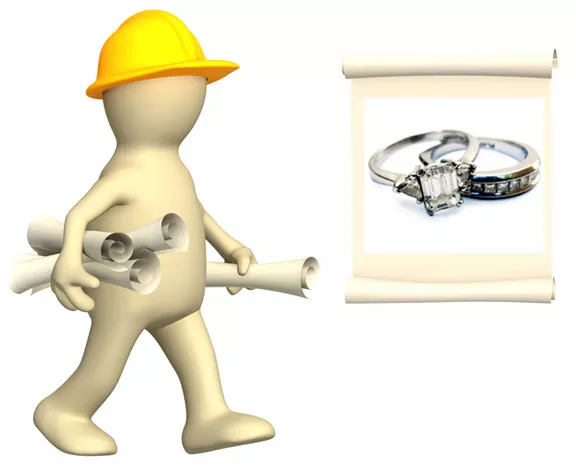

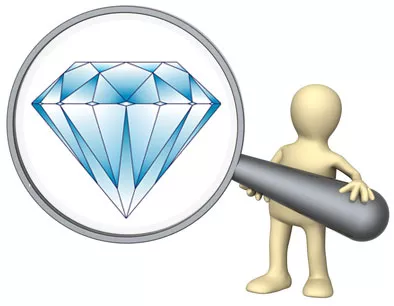

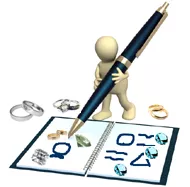
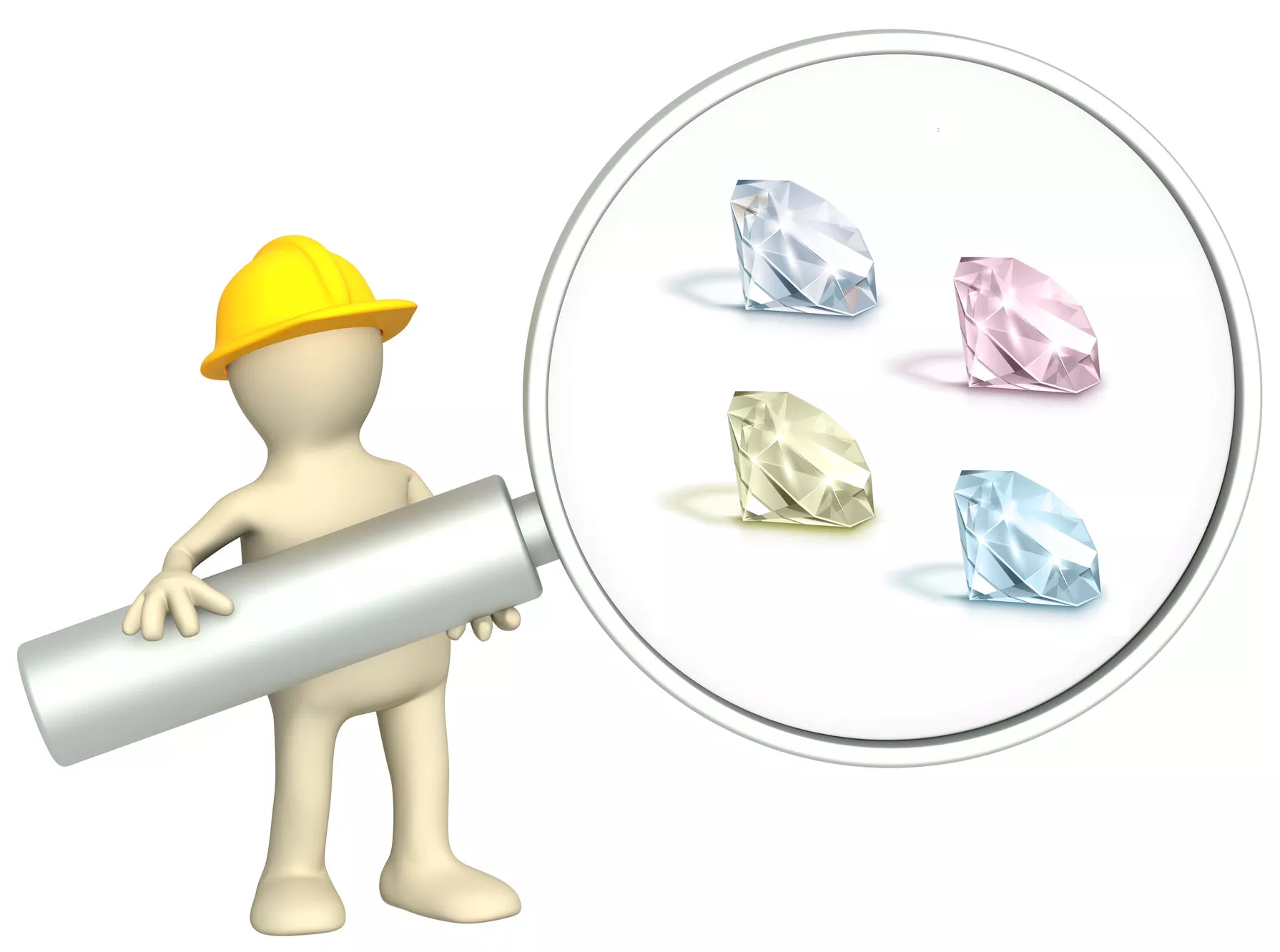

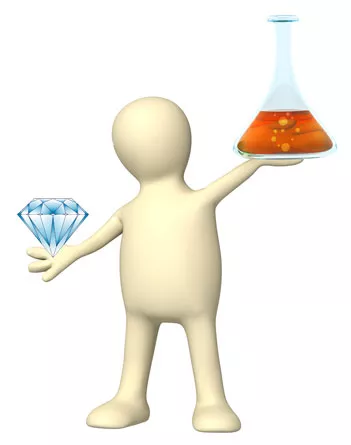
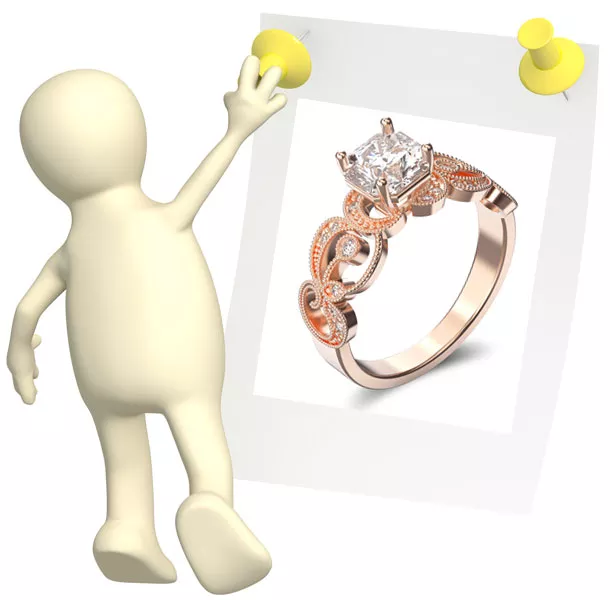
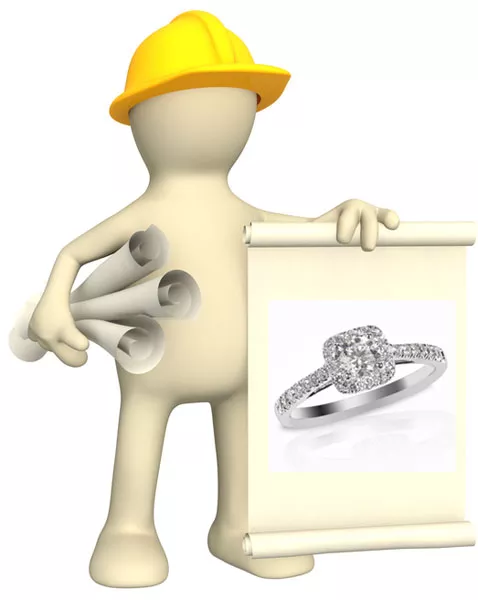
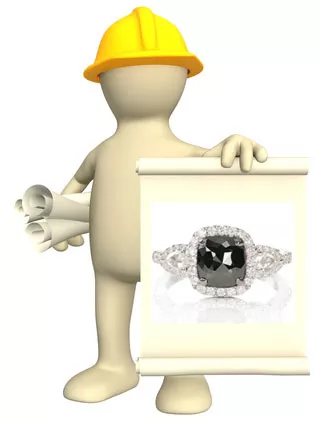

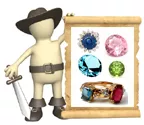
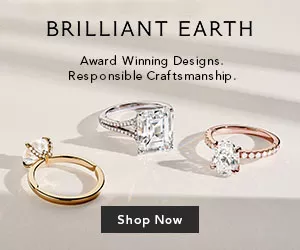
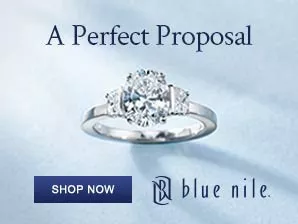
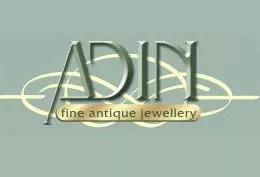






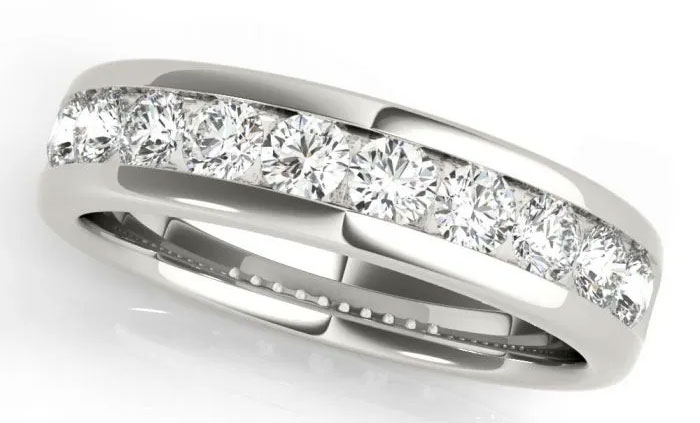


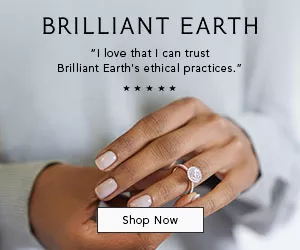
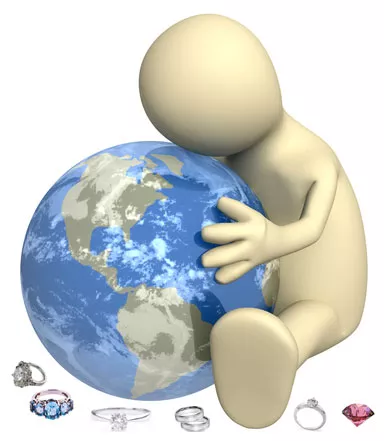

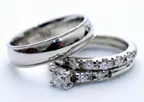

New! Comments
Share your comments below!